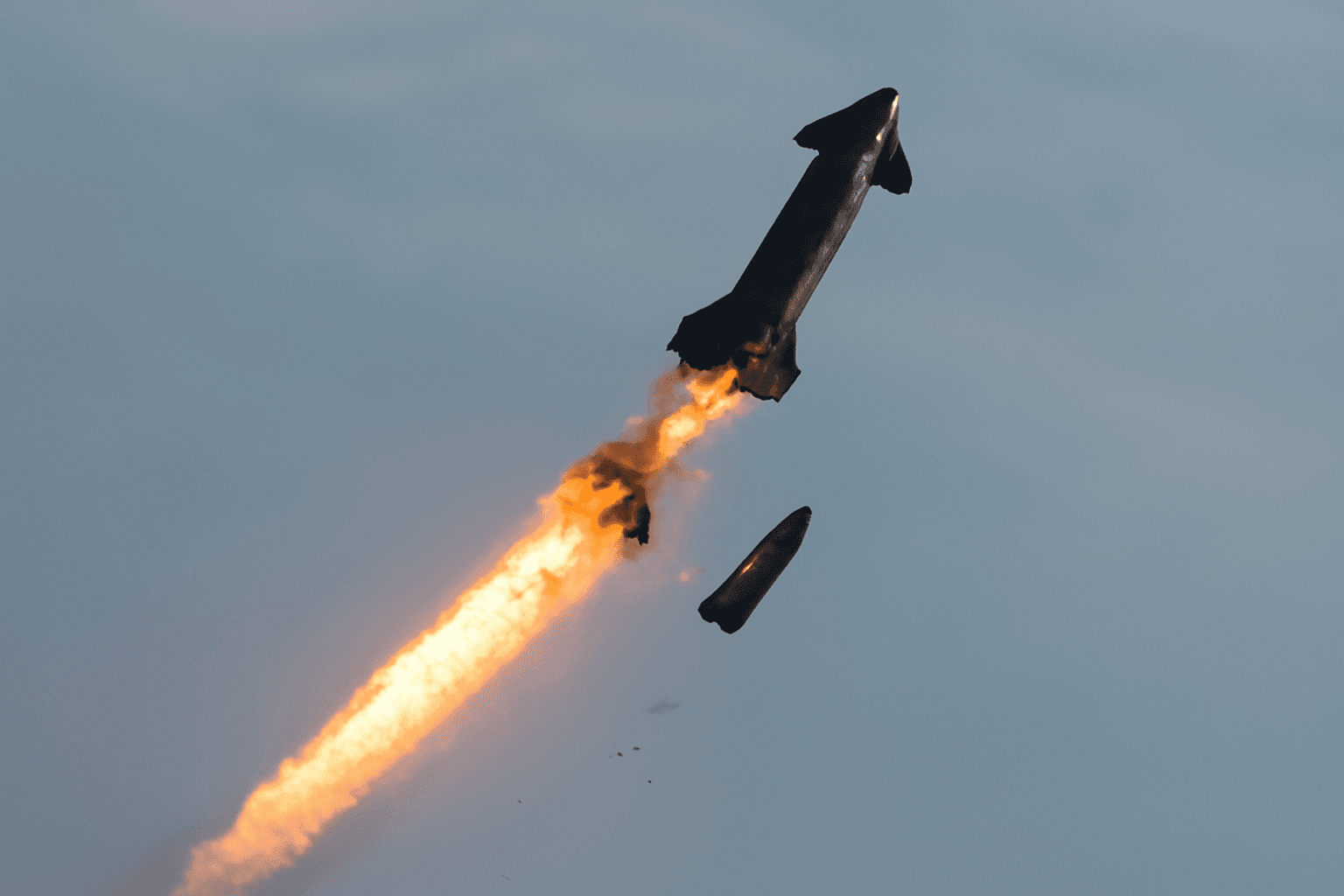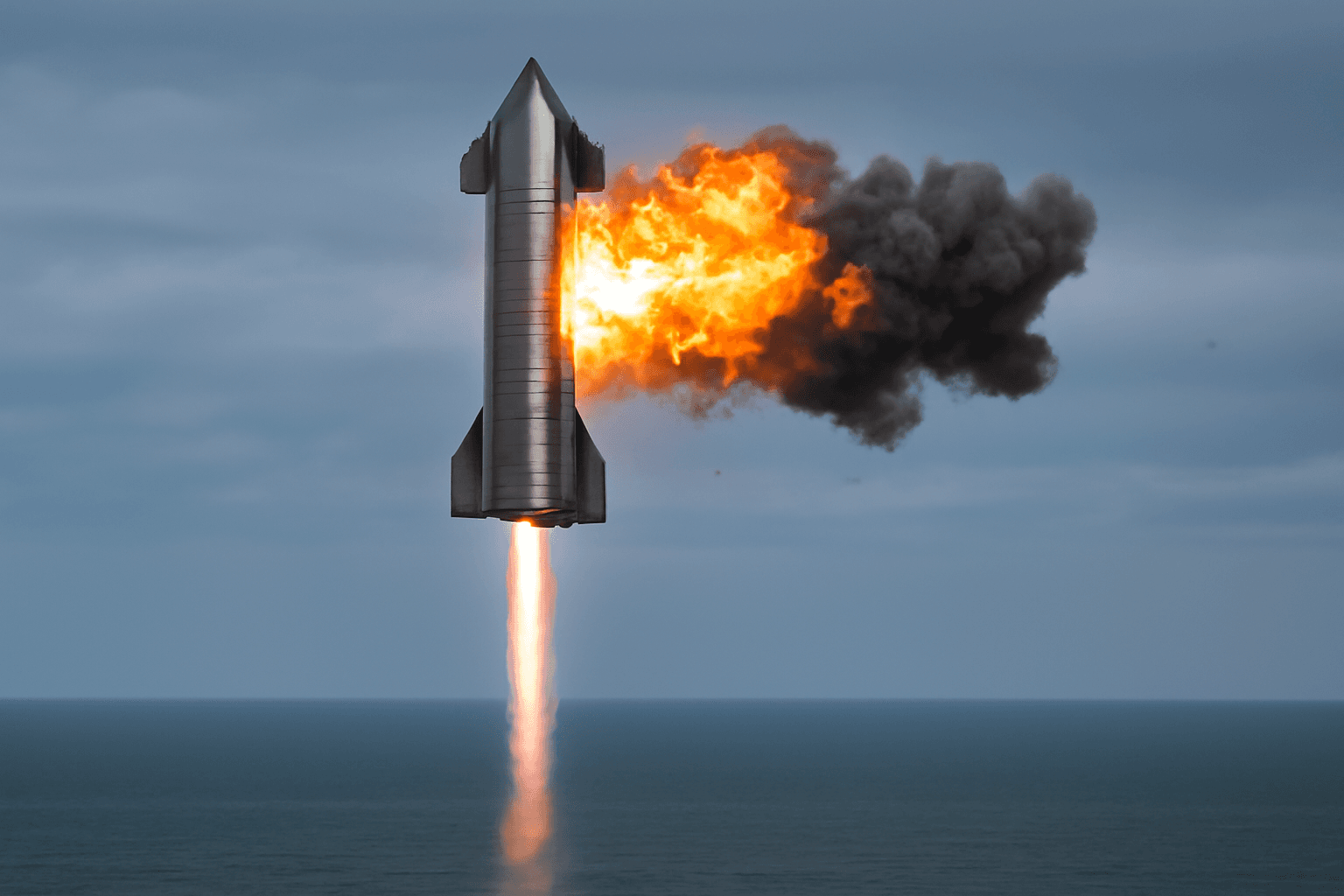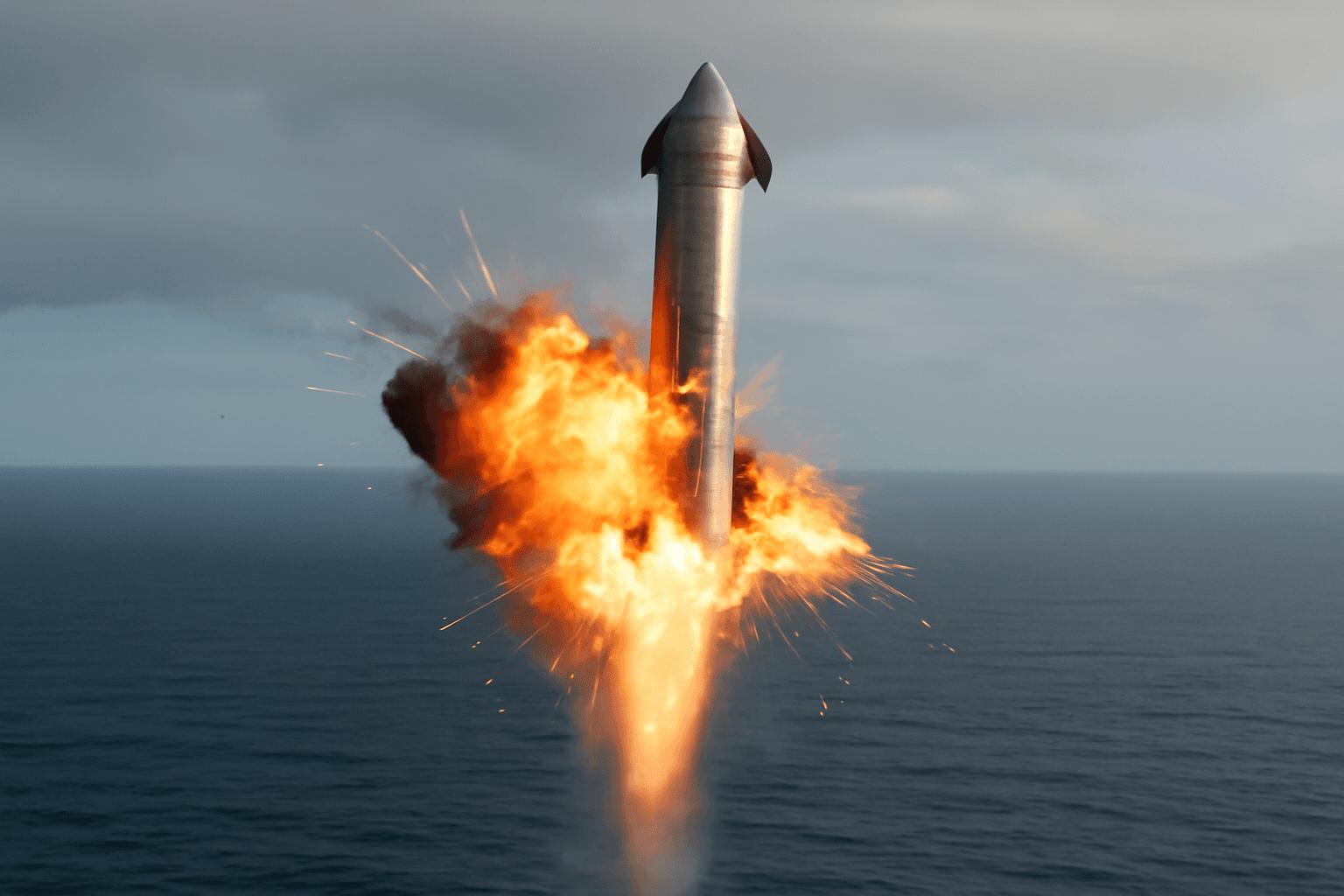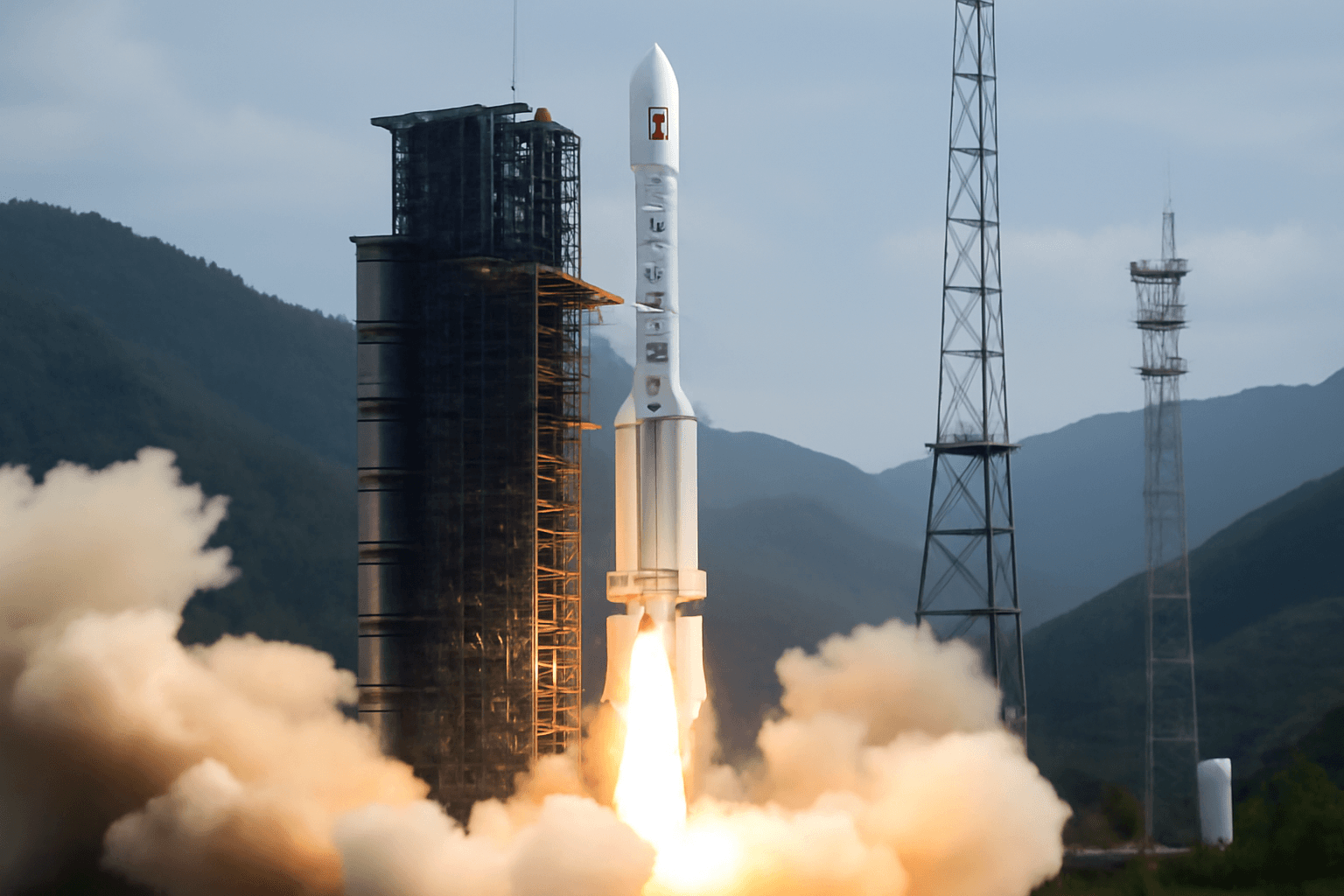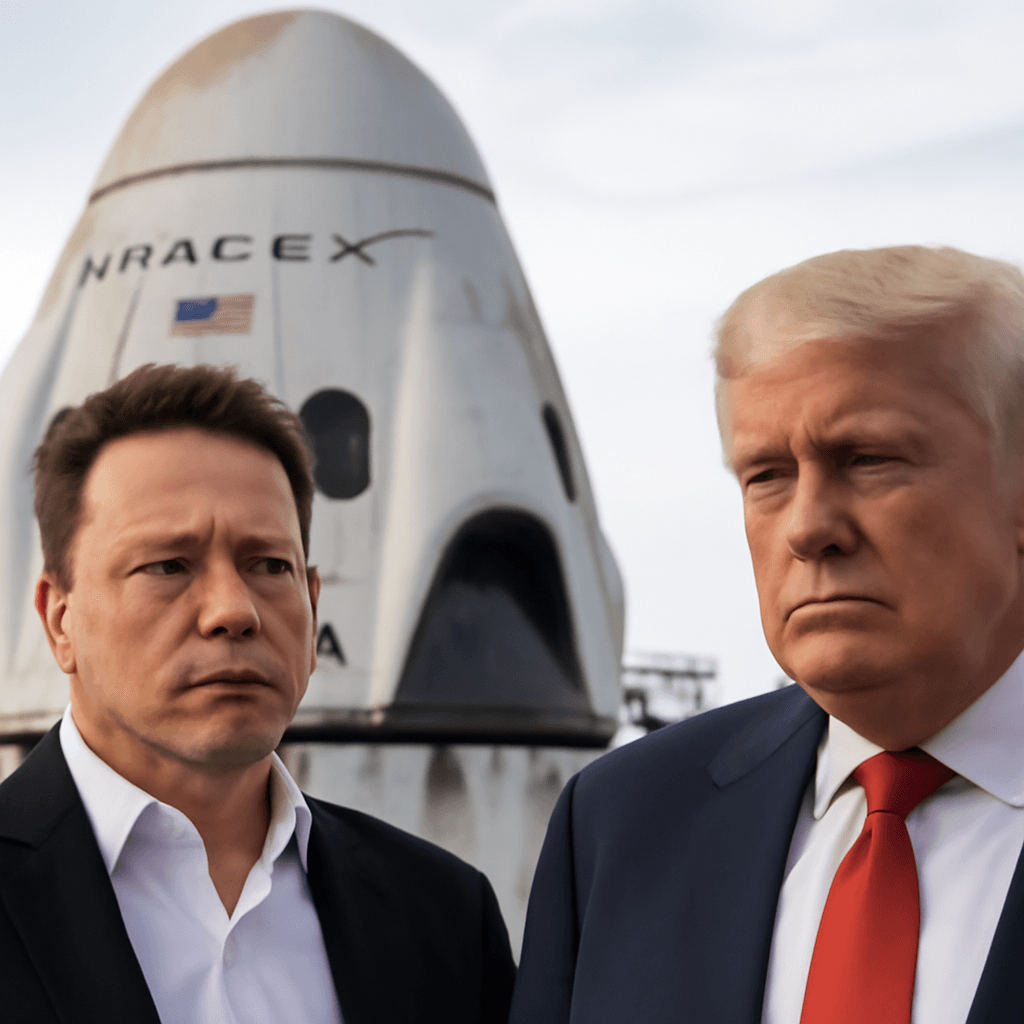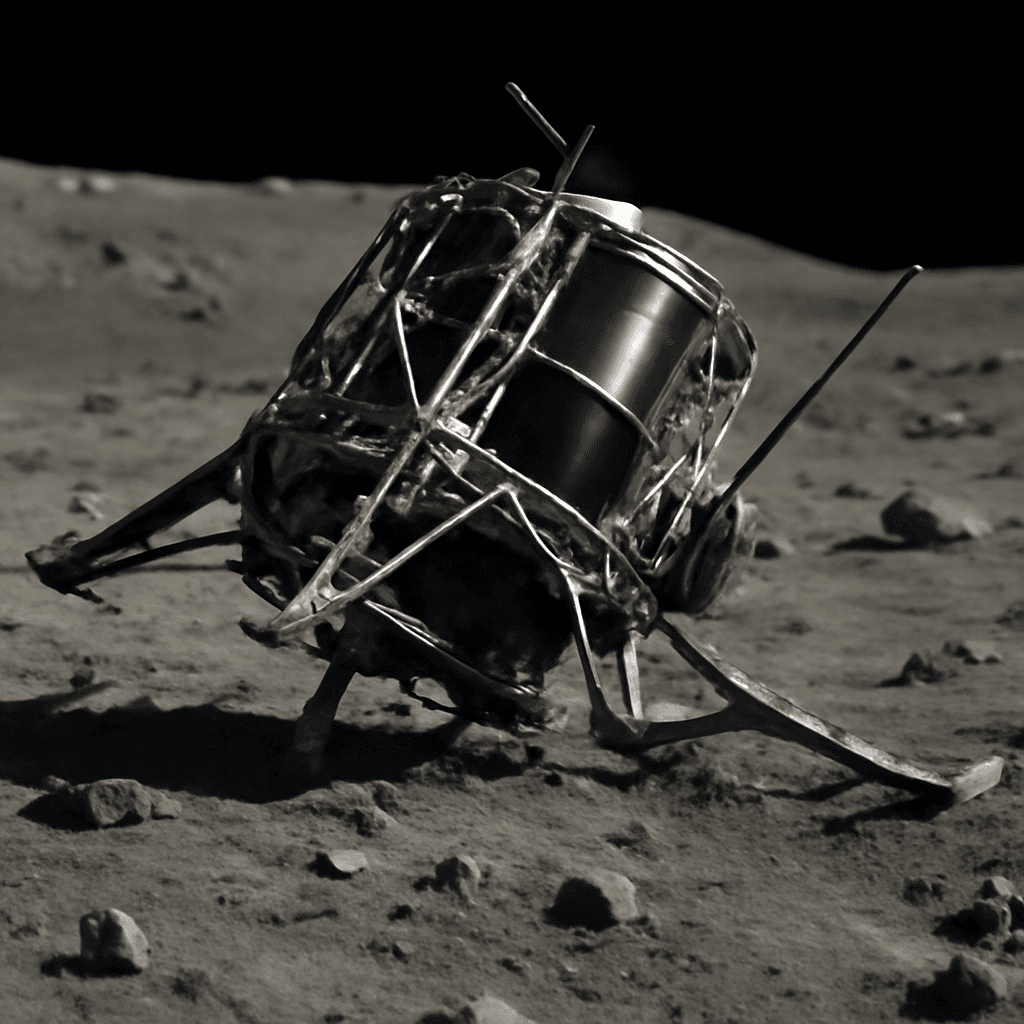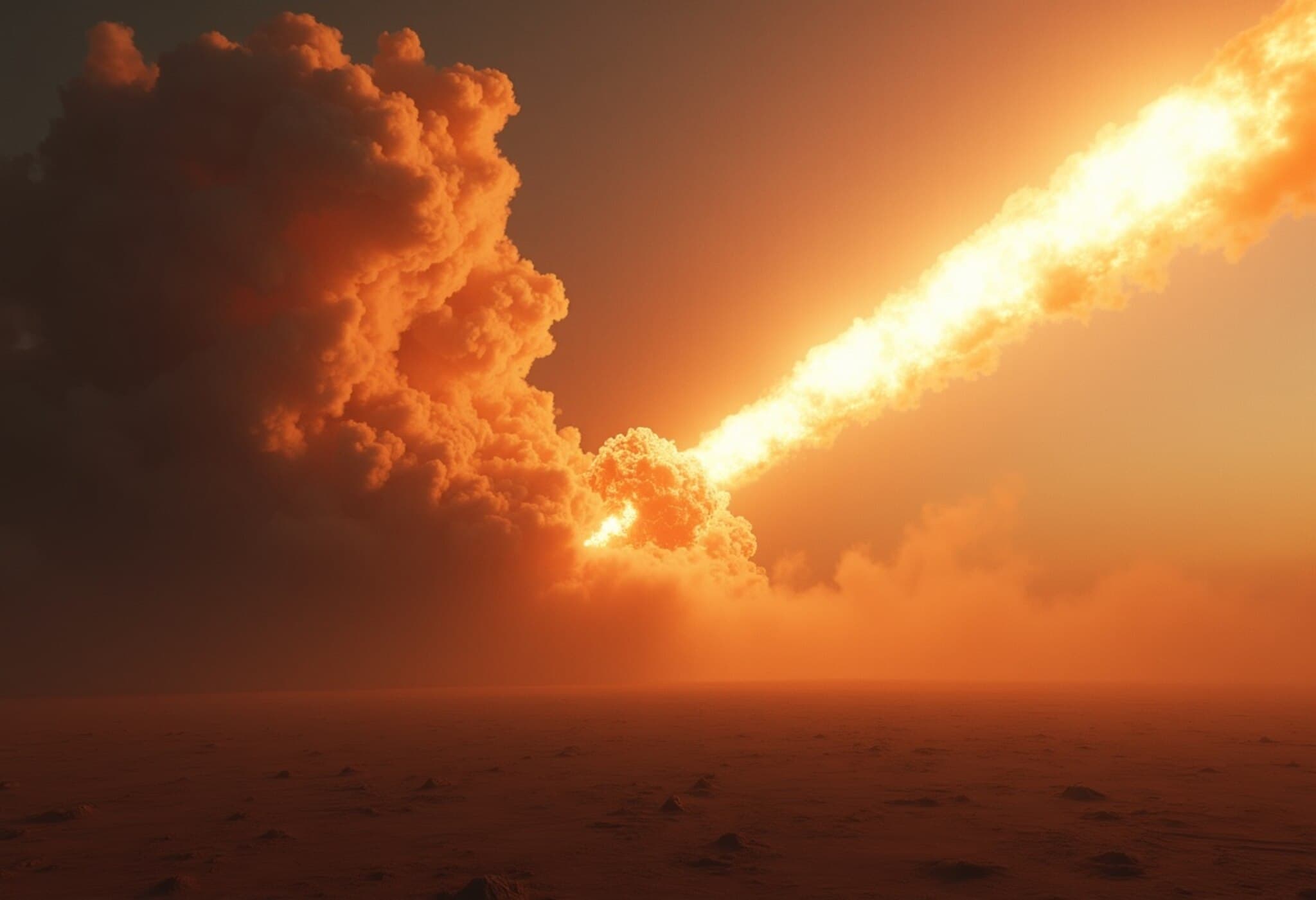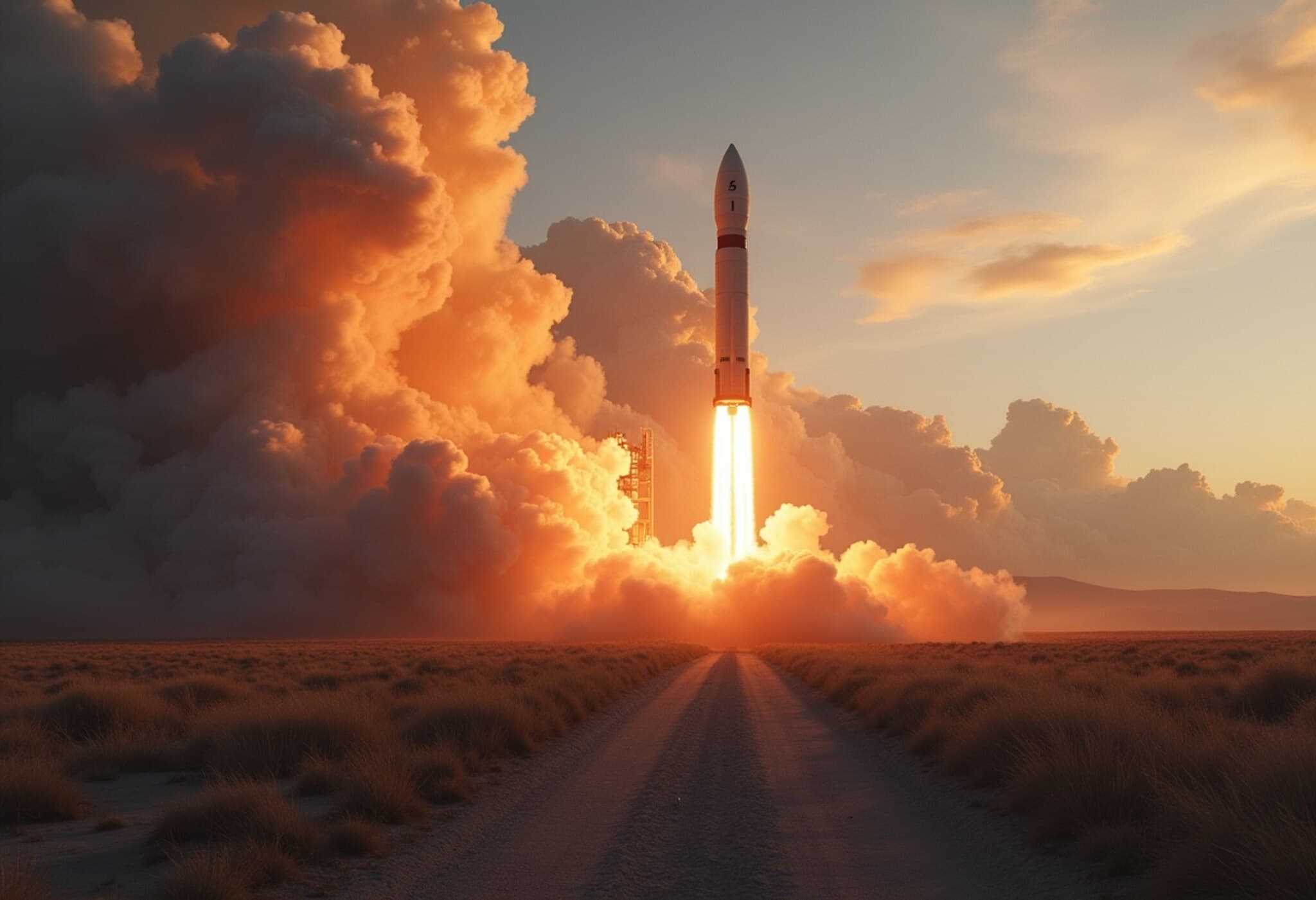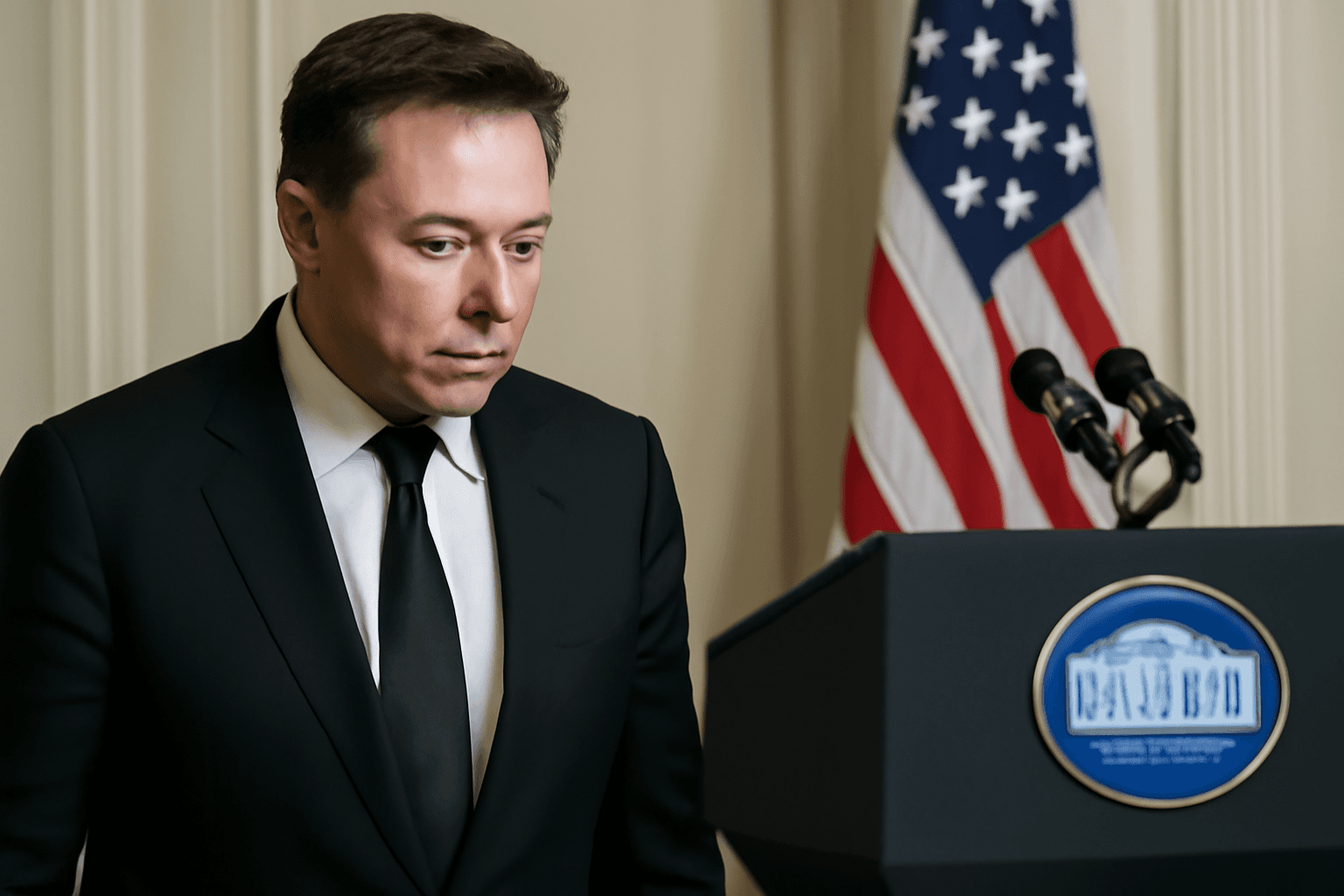On May 28, 2025, SpaceX experienced a significant setback during the ninth test flight of its Starship rocket. Shortly after liftoff from Starbase, Texas, the rocket spun out of control and began leaking fuel, ultimately losing contact with mission control. Officials believe the vehicle broke apart over the Indian Ocean during its re-entry phase.
SpaceX’s Dan Huot confirmed during a live broadcast, “We did lose contact with the ship officially a couple of minutes ago. So that brings an end to the ninth flight test.” The mission was designed to test the Starship’s orbital capabilities and its re-entry performance, including a controlled splashdown halfway around the world for the upper stage.
The flight employed the Super Heavy booster, which was flying for the second time after its initial use during Flight 7, paired with Starship Ship 35. The 71-meter Super Heavy booster successfully separated a few minutes after launch but was lost during its descent, likely falling into the ocean instead of performing a controlled splashdown.
Meanwhile, the Starship upper stage ascended to its planned suborbital trajectory about nine minutes after liftoff. However, the mission encountered a critical payload issue when the payload doors failed to open, preventing the release of eight simulated Starlink satellites onboard. These satellites were intended to validate Starship’s satellite deployment capabilities and advance preparations for future missions.
This launch was a crucial milestone in SpaceX's pursuit of a fully reusable rocket system capable of transporting humans to the Moon, Mars, and beyond. Despite the loss of Starship Flight 9, the mission provided valuable data to support ongoing development efforts.

